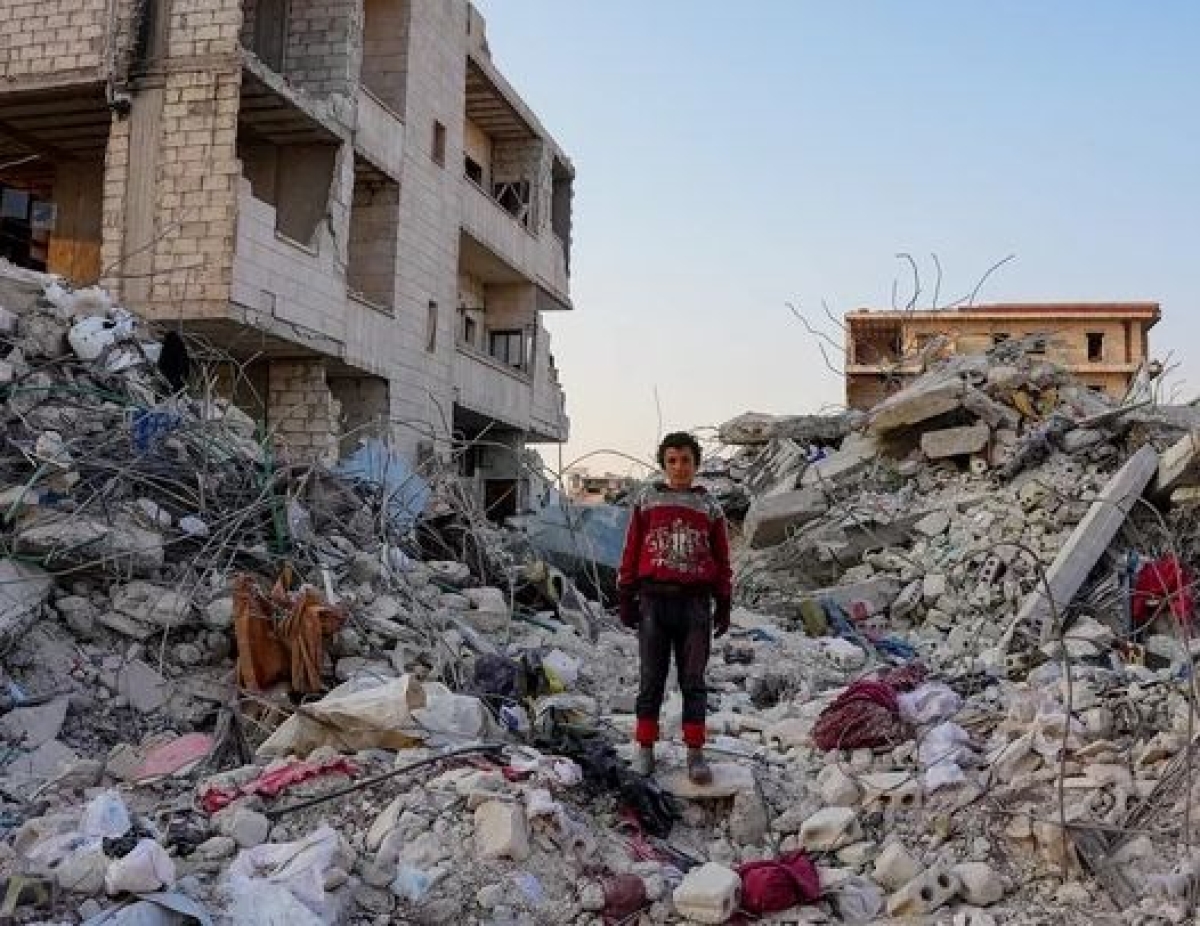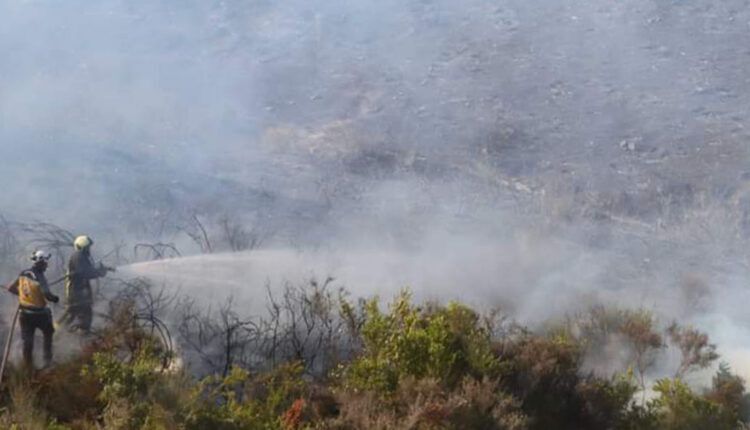Sechs Monate nach dem Erdbeben: Lage in Türkei und Syrien weiter katastrophal

Bildquelle: FNS
Auch sechs Monate nach dem verheerenden Erdbeben in der Türkei und Syrien ist die Lage für die Betroffenen weiterhin katastrophal.
Die anfängliche Welle an Solidarität mit den Betroffenen in den Erdbebengebieten in der Türkei und Syrien ist längst verebbt, die Lage vor Ort dagegen weiterhin für viele der Überlebenden furchtbar: Noch immer müssen Zehntausende in Lagern und Behelfsunterkünften leben. Vor allem in Syrien kam ein Großteil der Hilfe erst gar nicht an, sondern verschwand in den Taschen korrupter Offizieller.
In der türkischen Provinz Hatay, die ganz besonders schwer getroffen wurde, sind fast 40% der Bewohnerinnen und Bewohner obdachlos geworden:
According to the Chamber of Urban Planners in Hatay, 600,000 people in the region were made homeless. Many either moved to other cities, or they live in tents.
Before the earthquakes, 1.6 million people lived in Hatay province. The government has announced plans to build new apartment buildings for those affected by the disaster. Mehmet Ozhaseki, the environment minister, says the state aims to provide 255,000 new apartments.
Wann und ob diese neuen Appartments gebaut werden, ist unklar und viele Menschen schenken den Beteuerungen der Regierungen eh keinen Glauben.
In düsteren Farben zeichnet auch ein jüngst von der UN veröffentlichter Report die Lage in den Erdbebengebieten:
Millions still require support six months since the devastating earthquake that rocked Turkey and Syria, humanitarian agencies and NGOs warned on Sunday, as victims struggle to rebuild their lives from the rubble.
A report published by the United Nations country representative in Turkey on Saturday said that nine million people, including at least four million children, are still in need of urgent support in the country.
Über vier Millionen Menschen in Syrien auf Nothilfe angewiesen
Schlimmer noch als in der Türkei sehe es auf der syrischen Seite aus, wo vor allem jene Regionen im Nordwesten des Landes betroffen sind, die sich nicht unter Kontrolle des Assad-Regimes befinden:
On the Syrian side of the quake, millions of women and children find themselves without vital humanitarian lifelines and risk losing access to basic food supplies and life-saving healthcare according to the International Rescue Committee (IRC).
Based on the IRC’s report, there are around 4.1 million individuals in northwest Syria who require ongoing humanitarian aid, with women and children constituting the majority. More than half of these individuals have been receiving aid through the cross-border mechanism every month. The earthquakes that occurred six months ago have worsened the situation for these already vulnerable communities, further stretching the humanitarian response.
Last month, the UN Security Council failed to extend a crucial cross-border aid lifeline into rebel-held northwest Syria after Russia vetoed the vote, endangering the future of millions of aid-dependent residents in the area.
“The earthquake destroyed already fragile infrastructure, caused further displacement, killing and injuring over 13,000 people,” Tanya Evans, the IRC’s Country Director in Syria said.
“Now 6 months on, instead of looking to rebuild their lives, these already devastated communities are left worrying about where their next meal will come from in the absence of the UN Security Council resolution,” she added.
Syrischer Pfund weiter im freien Fall
Das Regime in Damaskus zeigt wenig Interesse an Hilfe oder gar Wiederaufbau der verwüsteten Gebiete, da diese nach seiner Lesart unter Kontrolle von Terroristen stehen Zudem hat sich trotz der Versuche seitens der Arabischen Liga, Beziehungen zu Syrien zu normalisieren, die wirtschaftliche Lage im Land weiter verschlechtert.
So fiel das syrische Pfund im Juli auf ein neues Tief gegenüber dem Dollar. Anfang des Jahres kostete ein Greenback 6.500 Pfund, inzwischen sind es 11.000.
Und als reiche das alles nicht, leidet die Region unter einer extremen Hitzewelle, die in Nordsyrien eine Reihe von Feuersbrünsten entfacht hat:

Syria has been severely impacted climate change in recent years, including rising temperatures and erratic rainfall which have led to forest fires and poor harvests.
Dust storms, desertification and land loss had been threatening farmers’ livelihoods for years, said Suhair Zakkout, the spokesperson for the International Committee of the Red Cross in Syria.
“Syrians were already especially vulnerable because of the impacts of more than 12 years of conflict, which makes it even harder for them to deal with the impacts of climate change,” Zakkout told Reuters.